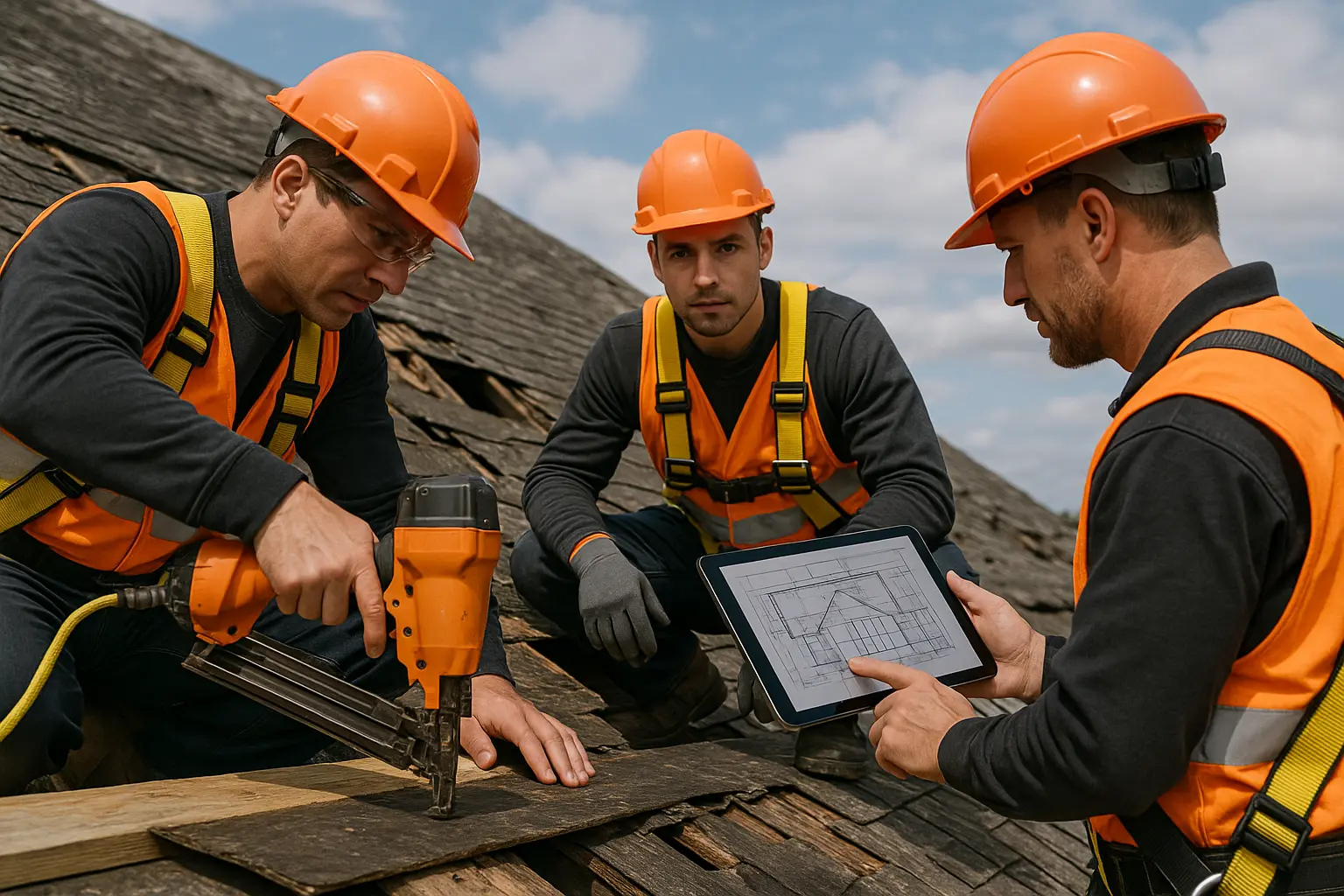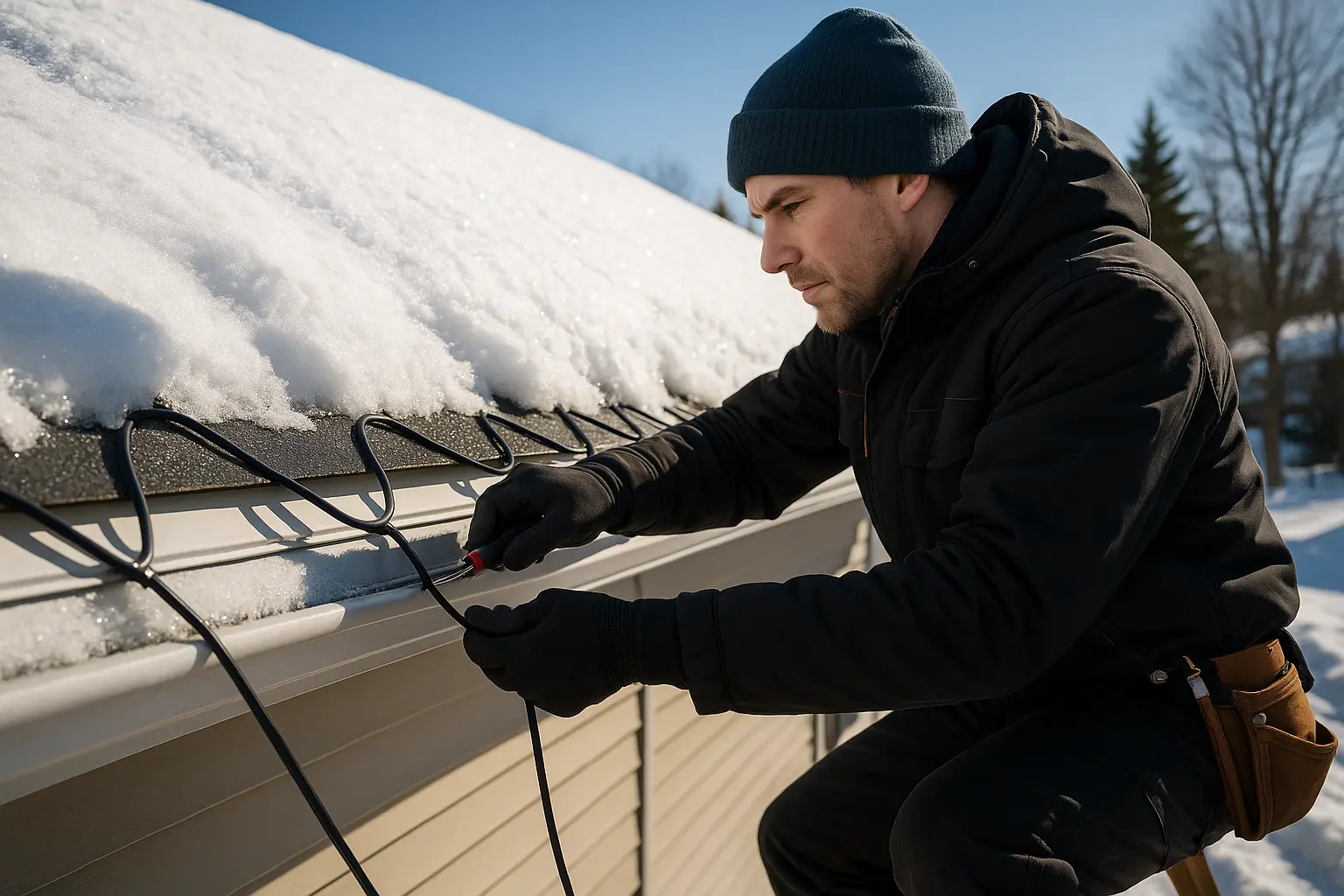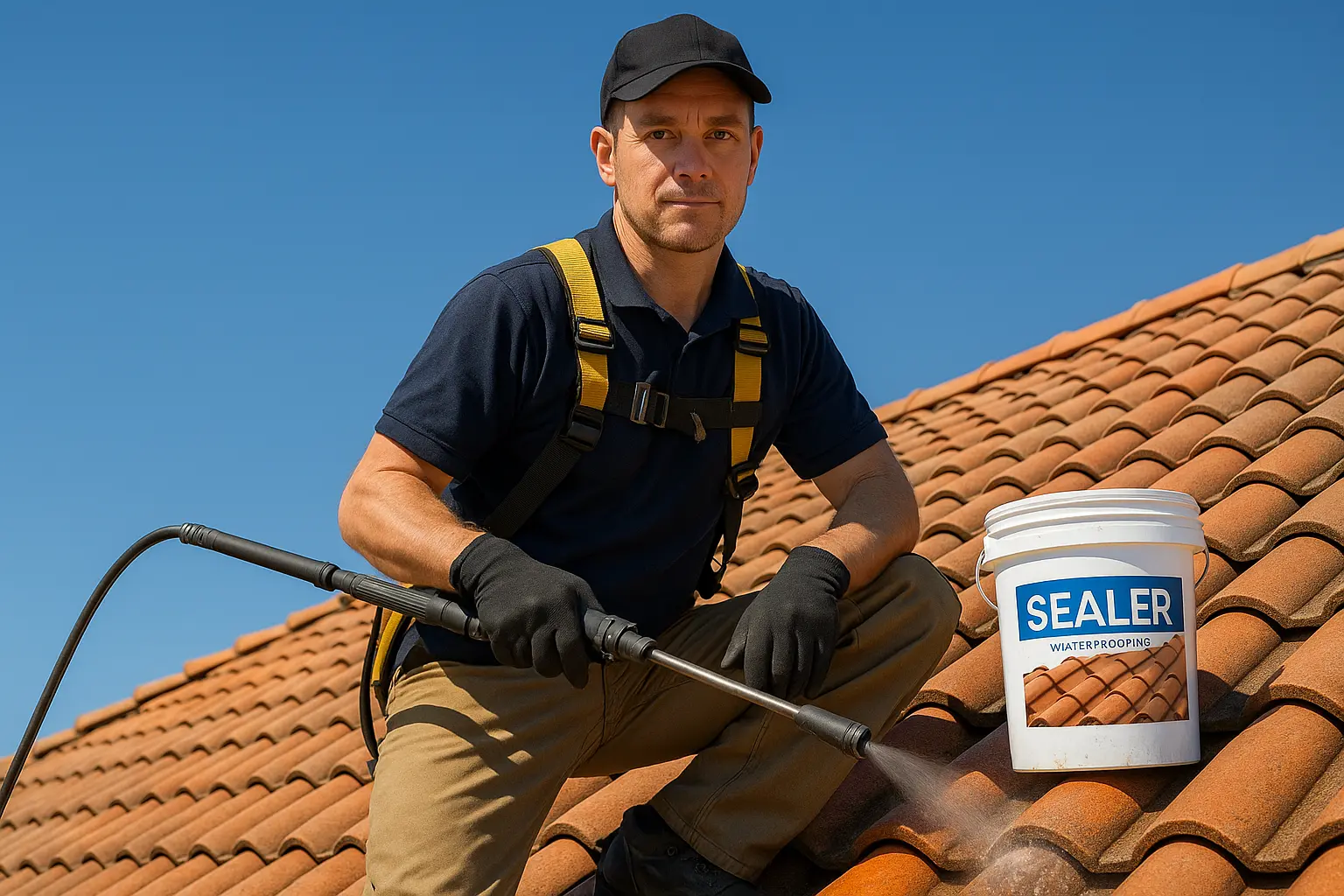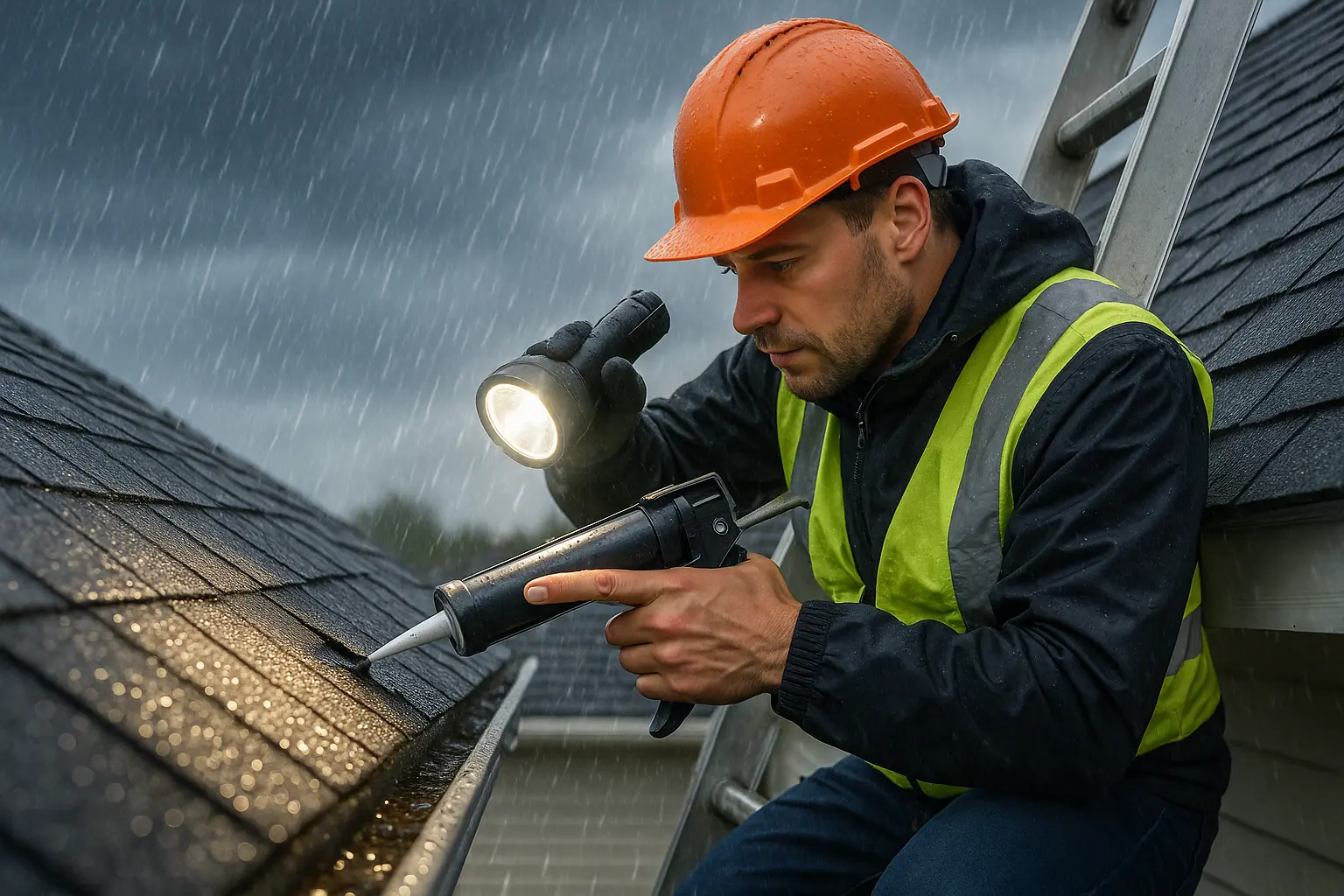Introduction
Seeing your roof suffer due to falling trees can shake you to the core. It’s a moment filled with worry and uncertainty. When your home faces such an unexpected challenge, knowing exactly what steps to take can ease both emotional strain and monetary strain. This detailed guide is designed to walk you through the process, arming you with real-world advice and clear instructions to handle the situation confidently and efficiently.
Effective Emergency Repair Solutions
When disaster strikes, quick decisions are vital. Whether it’s fallen branches or a shattered roof, taking prompt action can stop further structural damage and help you get back on steady ground. Recognizing the warning signs and implementing these measures early on paves the way for a quicker recovery and avoids additional repair complications.
Implementing emergency repair Measures
Your very first responsibility is to make sure everyone around you is safe. If conditions feel dangerous—say, if a tree or a heavy branch is still looming over your home—get everyone away immediately. A careful glance from a safe distance is better than risking your safety while trying to gauge the damage up close. Security matters above all, so always prioritize evacuating if you sense imminent danger.
If there is any suspicion that power lines, gas, or water supplies might be compromised, act fast by calling the local emergency services. Utility companies are often ready to cut off hazardous lines until the situation stabilizes, and local authorities might have specialists who respond to these kinds of incidents. Keeping a list of essential numbers nearby at all times can be a true lifesaver during these times of crisis.
After you’re sure it’s safe, begin your careful documentation. Use your smartphone or camera to capture as many angles as possible. Record the visible roof damage and any issues inside your home, such as water marks or interior leaks. These images and videos become critical data when filing claims and assessing repair costs, and detailed records can influence the evaluation of claims positively.
When snapping photos or videos, capture both wide shots that set the scene and close-ups showing broken shingles or water seeping in. Don’t forget to document small details like cracked walls or other hidden signs that may hint at underlying structural damage. Writing a short note about the weather, time, and any unusual sounds before or after the event can add extra clarity when discussing the situation with your insurance provider.
Once you have gathered your evidence, contact your insurance company immediately. A timely call to your insurer speeds up the claim process and helps mitigate further expenses from worsening damage. Explain the event step by step, and let your documented proofs speak for you. Detailed information on every angle of the incident lets insurers determine what part of the claim is covered, ensuring that you face fewer out-of-pocket costs.
Engage with your insurer by asking questions like, “Does my policy cover both immediate fixes and later improvements due to structural damage?” or “How fast should repairs commence after filing a claim?” Such questions not only clarify your coverage but also help set expectations. Sometimes, your insurer might also recommend contacting certified emergency repair services on the spot to prevent more issues from emerging. Keeping a log of every conversation, including dates and names, can be an extra safeguard during these tricky times.
Professional Assessment and Repairs
With your insurance processes in motion, the next chapter involves calling in true experts. Professional roofers who understand damage caused by harsh weather and tree impacts can spot problems that you may miss. Their timely expertise not only identifies what needs replacing but also uncovers subtle issues like minor cracks or weakened roof supports that could later evolve into serious structural damage.
Every expert’s opinion is an opportunity for a more complete fix. Comparing a few assessments gives you a clearer picture of your roof’s overall condition, helping you choose a contractor with a solid reputation. The right professional can save you money in the long run by ensuring that every piece of damage, from visible cracks to hidden issues, is addressed appropriately.
Temporary Protection to Prevent Further Issues
While waiting for full repairs, temporary measures can be a game changer. Roof professionals often suggest draping a sturdy tarp over the damaged area. This quick fix helps block out rain, debris, and wind that might otherwise worsen structural damage. It’s especially helpful during heavy downpours where further water infiltration could be disastrous.
Think of a tarp as a stopgap in your emergency repair plan. If heavy weather is forecast, a properly secured cover can guard against water and wind damage and give you some breathing room until permanent repairs are completed. In many areas, local service teams might even step in to help with emergency tarping if professional help is delayed. Remember, a well-installed tarp truly aids in protecting your home from further deterioration.
Once the weather starts to clear and the urgent safety concerns are addressed, it’s time to move ahead with full repairs. The extent of your roof restoration depends on the seriousness of the impact. Sometimes, replacing a few shingles is enough, but other times the damage might be so extensive that you need a complete overhaul of some roof sections. Consistent communication between you, your insurance carrier, and the roofing team is essential throughout—this ensures that the final result meets proper standards and is safe for the long term.
Keep an eye for unexpected problems as repairs progress. Ask your contractor about the quality of materials, labor practices, and any warranties available. Such diligence protects you, ensuring that the final repair not only looks good but also strengthens your home against future incidents.
Long-Term Prevention Strategies
While immediate fixes are critical, setting up prevention steps can save you considerable stress down the road. A mix of proactive care and regular inspections keeps surprises at bay and ensures that your home is always in top shape.
Regular Tree Maintenance and Inspection
Managing the trees around your property is as important as maintaining the roof itself. Scheduling periodic check-ups with a trusted arborist can help spot any trees that might pose a danger. Trees with weak branches or evident decay may need trimming or removal to prevent potential issues during storms. Keeping these hazards in check not only secures your home but also maintains the beauty of your yard.
Tree care isn’t simply about cutting away dead limbs; it’s about understanding the overall health and behavior of the trees near your house. An arborist might advise treatments or supportive measures if a tree shows signs of harmful root growth or instability. Regular inspections, particularly during seasonal transitions, can drastically cut down the risk of tree damage roof repair scenarios later on.
Having a customized maintenance plan that considers your specific trees and environmental conditions can provide lasting benefits. Many experts offer seasonal check-ups that are tailored to the unique needs of your landscape, ensuring your surroundings remain safe and vibrant.
Routine Roof Inspections for Continued Safety
Periodic roof check-ups are just as vital. A biannual evaluation by a trustworthy roofing professional can pinpoint small issues like loose shingles or early leaks before they spiral into bigger problems. These proactive visits help prolong your roof’s life and save you on what could become major repairs if issues are left unchecked.
Especially in areas known for fierce weather swings, a professional inspection can reveal not only surface issues but also hidden interior damage that might affect the home’s integrity. Maintain a file of these inspection reports, as they can be very useful if you need to file another claim in the future.
Taking the time for regular maintenance can ease your mind and reduce repair costs over time. Many roofing companies bundle seasonal cleanings, debris removal, and minor fixes into a long-term safety package. Such an investment not only reinforces your home’s structural integrity but also keeps unexpected repair costs lower.
Wind Damage Measures for Extra Security
Your roof often faces relentless wind, which can cause undue harm when combined with falling branches. Upgrading to impact-resistant shingles is one robust way to bolster your home’s defenses against persistent gusts. These newer materials stand up well against wind and flying debris, cutting down the risk of emergency repair needs when storms hit.
Additional support improvements like reinforcing trusses or adding extra beams can add to your home’s resilience. In some cases, these improvements might even lower your insurance costs since they help diminish the chance of severe structural damage. Always run these options by your contractor and insurance advisor so you can pick materials best suited for your local weather conditions.
In coastal areas or regions known for turbulent wind, specialized building components can make all the difference. Compare warranty details and product durability records to ensure that every added measure supports long-term safety and quality.
Conclusion
Handling roof issues caused by fallen trees requires a fast and thoughtful approach. The process begins with ensuring safety, meticulously documenting the damage, and filing an insurance claim that leaves no question about the extent of the harm. These steps, paired with professional inspections and the application of emergency repair measures, can help restore your home efficiently.
Long-term solutions also play a key role in protecting your home. Keeping up with routine tree pruning, scheduling regular roof inspections, and taking wind damage precautions go a long way in defending against future incidents. With these preventative practices, you can minimize risks and secure your household environment against unforeseen events.
Combining immediate action with careful planning can transform a chaotic event into a manageable fix. Always remember the importance of prompt communication with experts, whether it’s your insurance provider or a trusted roofer, and stay committed to routine maintenance. These deliberate steps not only remedy the current crisis but also lay the groundwork for a safer, more resilient home in the long run. When every moment counts, smart planning and decisive emergency repair initiatives help ensure that your dwelling remains a haven of stability and safety, no matter what the season brings.





